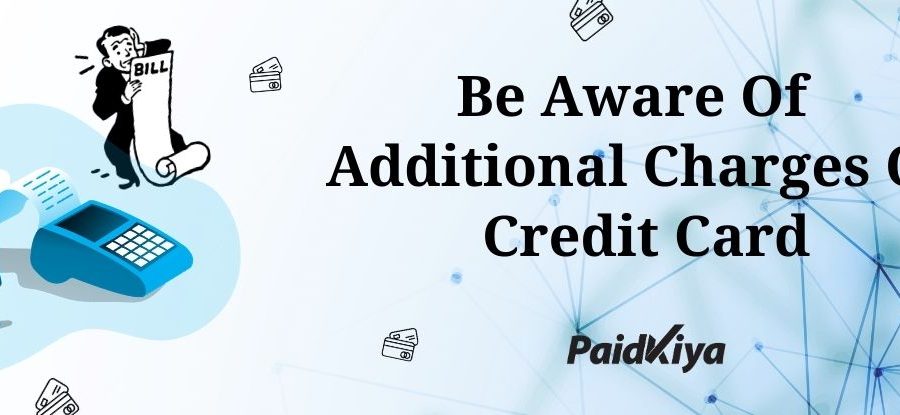Indian consumption is still dominated by cash, with cards contributing only 5 percent of the personal consumption expenditure. In developed countries, 30-50 percent of spends happens through cards. So there is a huge growth opportunity in India for fintech start-ups in the payment industry.
The payment industry in India is expected to witness multifold growth in the next few years with the entry of payments banks and small finance partners and digital payment modes like mobile wallets and digital payment partners who will slowly and gradually support products like credit cards and prepaid cash cards.
Further, it will be interesting to see how bigger banks, payments banks, small banks, wallet providers, and payment service providers work in tandem to drive financial inclusion. Still, one can safely say that these changes will boost e-transactions, which represents a good business opportunity for every player in the payment industry.
This industry has been growing steadily over the past few years. Card transactions, both by debit and credit cards, are on an upward trajectory. Debit card transactions have climbed 36.5 percent CAGR over the past 4-5 years, while credit card payments have grown at a CAGR of 21.3 percent.
There are interesting dynamics at play in the Indian payments industry. with payments going digital and the focus on financial inclusion, one can expect much in the coming years.
During the last couple of years, we saw a big jump in the opening of new bank accounts and the issuance of debit cards, due to the government’s Initiatives under Jan-DhanYojana, due to which debit card base grew by more than 40 percent in 2014-15.
The credit card industry in India sees greater acceptance among consumers this year. According to Worldline India Card Payment Report, 2014-15, the credit card base grew at 9.8 percent in the past few years.
Alternative methods like mobile wallets and prepaid cash cards accounted for 3 percent of digital transactions.
The e-commerce industry has made it convenient for even perishables and small value items to be purchased online. With the growing adoption of online shopping, e-transaction volumes are set to increase. Also, payments have grown to include loyalty cards and prepaid instruments which further widen the scope of payments and their role today.
In markets like India, where usually every second person carrying too many credit cards in his wallet, does not know the matrix of multiplying wealth using their existing credit sources. what is needed is to ensure that the user is able to pay through their preferred channel, “be it in person, through the PC or mobile.” More facilities from banks and financial giants will help retain existing customers and bring in new ones. “Spending patterns and consumer segmentation help fintech startups merchants offer better-targeted services to users.”
Smooth, simple and secure payment processes will help bring about behavioural changes and faster adoption of digital payments and banking among unbanked segments. Building trust among new credit card users is necessary for ensuring that the user utilises the maximum credit from credit cards and builds wealth through online/digital transactions as well.
When new players like www.paidkiya.com will enter the market, each with a slightly different take on the market and with different business models, the increased competition will help the environment and offer more options for consumers to choose from. A larger pie with more players is definitely good for the changing dynamics of the payments industry, which is still nascent in India.
The payments landscape in India is at a point of inflection, with consumer behavior, government/regulatory initiatives, and investor appetite all being in sync.
The rapid growth of smartphones, Internet penetration, and e-commerce is complementing these; card payment volumes have been growing in excess of 25 percent y-o-y. We believe and expect this trend to continue, aided by the continued increase in card usage over platforms like paidkiya.com too.
Intense competition and strategic collaboration among existing and new market participants like the payments and small banks and wallets will help scale up acceptance and foster more creativity, innovation, and consumer choice. According to industry leaders, the future holds exciting times for the payments industry in India, as all stakeholders and regulatory authorities come together to achieve a “less-cash dependent” and eventually “cashless” society.
![]()
Credit card to Bank transfer









